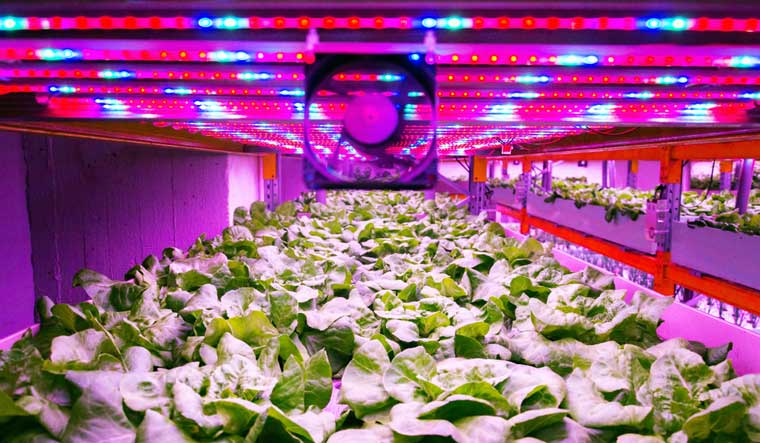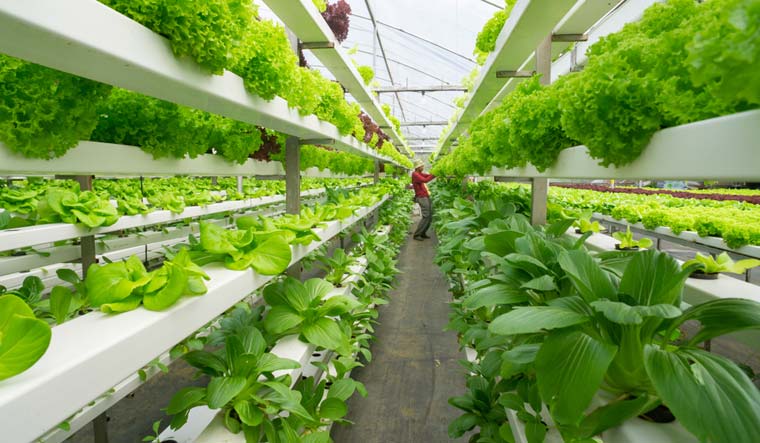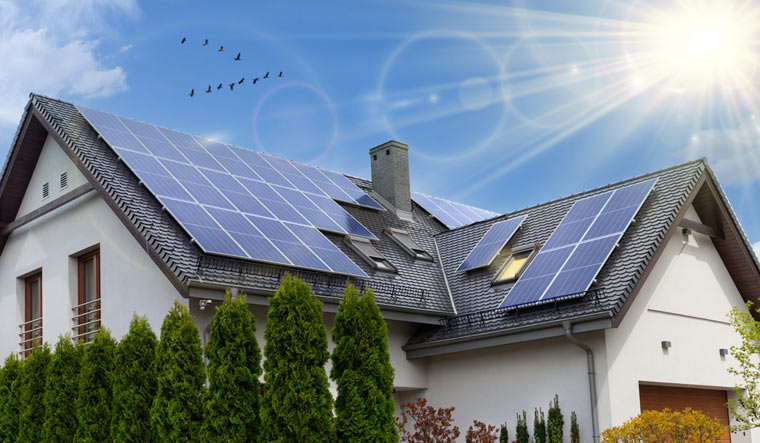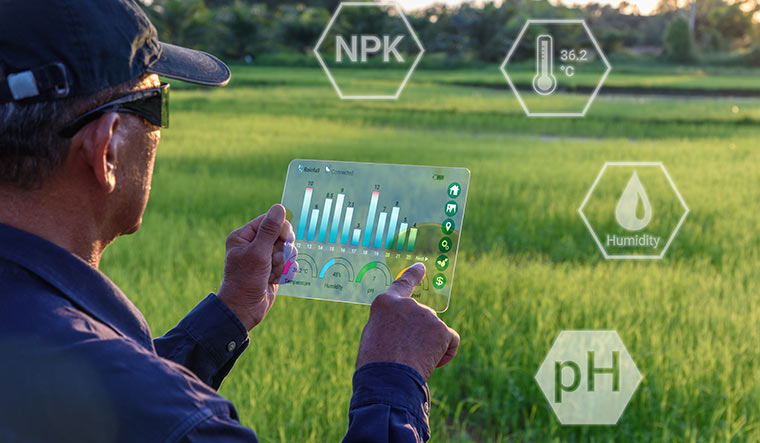
In a world grappling with the environmental challenges posed by trendy agriculture, a groundbreaking answer could also be rising on the horizon – electrical horticulture. Researchers are exploring the potential of electrical energy to revolutionize farming practices whereas lowering their environmental impression, marking what some are calling the “fourth agricultural revolution.”
One modern challenge on the Plant Morphogenesis Laboratory at Imperial Faculty London is utilizing hydrogel cubes infused with electrodes to remodel vertical farming. These translucent cubes maintain a community construction that retains liquid, with inexperienced leaves sprouting from tiny air tunnels. The important thing to this experiment is the appliance of small doses of electrical energy to the hydrogel cubes.
The world of farming is on the cusp of a metamorphosis, as the combination of electrical energy guarantees to make agriculture extra sustainable and productive. With ongoing analysis and experimentation, electrified greens and crops might quickly change into a typical sight, providing a tantalizing answer to the worldwide meals disaster whereas lowering the ecological footprint of farming.
This initiative is a part of a worldwide motion in the direction of electrical interventions in agriculture. Over the previous decade, scientists have been experimenting with varied methods to harness electrical energy’s energy for farming. Strategies embrace utilizing electrical fields to extend crop yields, surprising seeds for sooner germination, and even making use of managed lightning (chilly plasma) at room temperature to stimulate plant progress.

Contemporary natural vegetable grown utilizing aquaponic or hydroponic farming | Shutterstock
Nations like China are investing in tasks that use electrical energy to boost soil high quality and increase crop yields, whereas Canadian growers experiment with chilly plasma to fertilize crops like lettuce. Startups like Vivent in Switzerland are creating know-how to watch crops’ electrical responses, garnering consideration from the agriculture business and natural gardening communities.
This electrifying method to farming goals to deal with important environmental considerations related to standard agriculture, which contributes to a good portion of world greenhouse gasoline emissions and depends closely on energy-intensive processes like artificial fertilizer manufacturing. It additionally addresses challenges associated to soil erosion and the necessity to feed a rising inhabitants sustainably.
One promising side {of electrical} agriculture is its potential to extend crop yields. Research have proven outstanding outcomes, with will increase starting from 20% to 75%, relying on the crop. As an illustration, treating seeds with chilly plasma for lower than a minute led to a 40% enhance in potato harvests.
Regardless of the thrill surrounding electrical agriculture, some sceptics increase considerations about our restricted understanding of how electrical energy exactly interacts with plant biology. However, researchers are making progress in unravelling the molecular mechanisms chargeable for these results.



